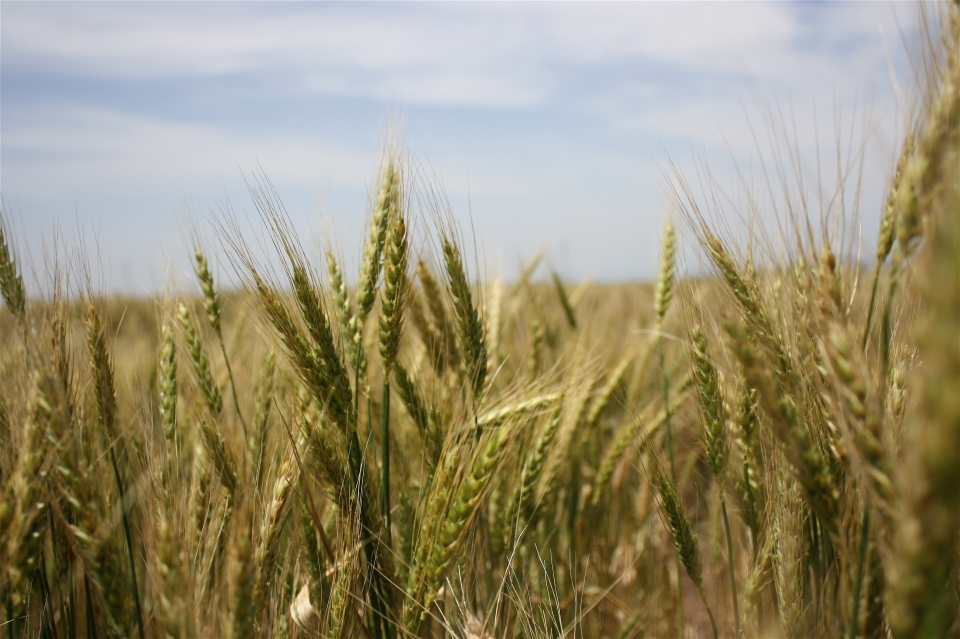
Friday, October 26, 2012

Hardier varieties of wheat bred at the Ethiopia Institute of Agricultural Research's Kulumsa research station in southeastern Ethiopia
For example, in Somalia - a country better known for conflict and famine than agricultural research - postgraduate volunteers are exploring ways to reduce the country’s wheat import bill, a subject discussed in one of several research abstracts released at the recent Wheat for Food Security in Africa conference in Addis Ababa.
Wheat imports, which cost Somalia US$30 million to $40 million annually, consume "scarce hard currency earned from livestock exports and remittances," reports Jeylani Abdullahi Osman, one of the Somali volunteers. He and other scholars, who studied agriculture abroad, have returned to Somalia to develop wheat varieties suitable for the country’s increasingly high temperatures. Wheat thrives in cool conditions, but is able to adapt to a wide range of climates.
In 2005, the volunteers established the Afgoye Field Crop Research Farm (AFCRF) in the Afgoye District of the Lower Shabelle Region. There, they have been testing wheat varieties for tolerance to heat and water stress. Osman reports they have identified several promising cultivars, but a lack of technical and financial support have limited commercial production.
Improving local wheat
An abstract of a study published out of Cameroon notes that, while there is growing demand for bread in the country, the protein content of the imported wheat used for bread-making is less than 12 percent. High-quality wheat has 14 to 15 percent protein.
Lead author Michael Taylor, from the Norwegian University of Life Sciences, now working with the Divisional Delegation of Agriculture and Rural Development Fontem-Lebialem in Cameroon, identifies varieties of wheat with high protein content that could be grown in Cameroon.
Researchers from the Ethiopian Institute of Agricultural Research report that the older wheat varieties used for making bread flour are unable to cope with new strains of stem rust - a virulent fungal disease that can devastate crops within weeks. The authors identify new strategies to robustly multiply newly released rust-resistant seeds for distribution.
Standing up to competition
Research teams from Zimbabwe and South Africa also have investigated how to make their wheat production stand up to competition posed by cheap wheat imports.
Zambia offers an important case study. The country, which recently became self-sufficient in wheat production, is already facing the threat of dropping yields, report researchers with Seed Co, a Zimbabwe- based company. The researchers highlight several contributing factors, including marketing challenges for small producers, the increasing cost of production and lack of availability of suitable wheat varieties.
These and other abstracts, covering Algeria, Egypt, Sudan and Tunisia, are available on request from the Mexico-based International Maize and Wheat Improvement Center, known by its acronym CIMMYT.
jk/rz